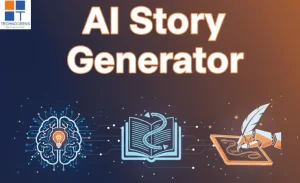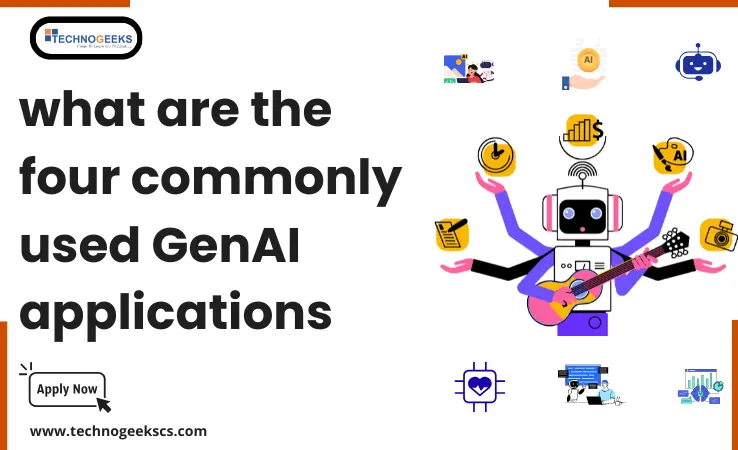Table of Contents
ToggleIntroduction
Flask is a framework mainly used for web application development. It is widely used by big companies like –
- Netflix
- Uber
As per statistics, Django and Flask have consistently ranked as the most popular Python web frameworks. Learning Flask is a valuable skill in the IT industry, and developers can enjoy a well-paid salary range. Additionally, Flask is an open source framework so it offers many options & allows developers to see their code output in web browsers with responsive design.
In this blog, we will cover the top 20 Flask interview questions and provide answers to help you in your interview preparation.
Top 20 Flask Interview Questions Categorized in two parts –
- Flask Interview Questions For Freshers
- Flask Interview Questions For Experienced
Flask Interview Questions For Freshers
1. What is Flask?
Flask is a microweb framework that was created using the Python programming language. It is mainly used to build web applications and Rest API in a simple and flexible manner. Benefit of using the Flask framework is it provides the tools and libraries needed for web development while keeping the core framework lightweight and easy to understand.
2. How did you use Python’s Flask framework?
Step 1: Install Flask
Install Flask using command ‘pip install flask’
Step 2: Create Flask App
We have to create a new Python file and import the Flask module. Then, create an object of the Flask class.
For Example:
Step 3: Define Routes
Define routes, which are URLs that the app will respond to.
For example:
Step 4: Run the App
To run the flask app used following code
For Example:
3. What are the benefits of Flask Python?
The following are a few benefits of the Flask Framework:
- Flask is designed to be a lightweight framework.
- The Flask Framework is easy to understand.
- Flexible and modular design.
- Flask has a rich ecosystem of extensions.
- Built-in support for testing and debugging.
- Support small to medium-sized applications.
4. Is the Flask framework open source?
Yes, the Flask framework is open source. It is released under a BSD license, allowing for its open use, modification, and distribution within the community without any charge.
5. Can Flask be used for web applications?
Yes, Flask Framework is mainly used for Web Applications.
Also we can used Flask Framework For:
- Building small to medium-sized web applications
- Developing RESTful APIs and microservices
- Developing personal websites or blogs
- Work on no-SQL database like DynamoDB
6. What is the difference between Flask and Django?
| Flask | Django |
| Flask is a lightweight web framework | Django is a Full Stack Web Framework |
| Flask supports SQLite, MySQL, and NoSQL databases like MongoDB | Django supports PostgreSQL, MySQL, and MariaDB databases |
| No built-in ORM (Object-Relational Mapping) | Built-in powerful ORM (Django ORM) |
| Flask is simple and easy to understand | More complex due to the number of built-in features |
| Flask is suitable for small to medium-sized application | Django is suitable for large scale applications |
7. Do you know how to install Flask on a Linux System?
Yes, Flask can be installed using the Python package manager called pip on linux.
For Example : pip install Flask
8. Which Databases Can You Use With Flask?
In Flask web applications, we can work with databases using SQL and Object Relational Mapping (ORM). The ORM helps us write SQL queries in a more friendly way by using an object-oriented language. It then translates these queries into SQL and retrieves the results as objects.
Apart from that, Flask supports other databases like:
- SQLite
- PostgreSQL
- MySQL
- Oracle
- MongoDB
- SQLAlchemy
9. Is it possible to add an emailing function to Flask?
Yes it is possible to add an emailing function in the Flask framework.
For Example –
10. What is WSGI?
WSGI (WSGI Full Form: Web Server Gateway Interface); it is a specification that defines a standard interface between web servers and web applications.
Do you want to learn python Programming?
Click on the link below to know more about Technogeeks Python Programming Course👇
Python-Training-in-Pune
Flask Interview Questions For Experienced
1. Why is Flask(__name__) used in Flask?
When creating an object for a Flask application and identifying the root path and resources required for the application to function properly, Flask(__name__) is used.
2. How Do You Handle Exceptions In Flask?
To handle exceptions in Flask, you can use the “@app.errorhandler” decorator and the “try-except block”.
Step 1: Decorate a function with “@app.errorhandler” to handle exceptions globally:
For Example:
Step 2: Use the “try-except” block within specific routes or functions to catch and handle exceptions:
3. Explain How You Can Access Sessions In Flask?
In Flask, sessions are used to store data that persists across multiple requests from the same client. To access sessions in Flask, you can follow these steps:
Step 1: Import the session object from the flask module:
For Example:
Step 2: Enable sessions in your Flask application by setting a secret key. This key is used to securely sign and encrypt the session data.
For Example:
Step 3: To store data in the session, you can give values to keys in the session object
For Example:
Step 4: To retrieve data from the session, you can access the values using the same keys.
For Example:
Step 5: To remove a key-value pair from the session used pop() method
For Example:
4. How to change the default host and port in Flask?
To change the default host & port in Flask, we have to modify the app.run() statement in our Flask application.
5. How does Flask’s one-request database connections work?
In Flask, we can use the ‘g’ object to store and access one-request database connections.
For Example:
Step 1: Import the necessary modules:
Step 2: Create a function to connect to the database
Step 3: Use the ‘get_db()’ function within your routes or functions to get the database connection:
By using the ‘‘g’’ object and the “get_db()” function, we can ensure that a single database connection is created and reused throughout the lifetime of a request in Flask.
6. How is memory managed in Flask Python?
In Flask Python, memory management is handled by the Python interpreter through techniques like reference, counting and garbage collection.
7. How can you enable error display in the browser for Flask?
To show all errors in the browser for Flask, you can set the debug mode to True in your Flask application.
For Example:
8. Describe the best way to structure a large flask application?
To structure a large Flask application:
- Use blueprints to break the application into smaller modules.
- Modularize code into separate modules for views, models, forms, and utilities.
- Separate concerns by keeping different functionalities isolated.
- Implement a factory pattern to create and configure the Flask application.
9. Can we obtain the IP address of any visitor in Flask? Explain how?
Yes, we can retrieve a visitor’s IP address in Flask using the request object. So basically the IP address can provide information about the client’s location or be used for various purposes, such as tracking or customization.
For Example :
10. How does file uploading work in Flask?
In Flask, file uploading is done by setting the ‘enctype’ attribute of the HTML form to “multipart/form-data”. The uploaded file can be accessed using “request.files[‘file’]”, and you can process the file by saving it to a specific location or performing other desired operations.
Conclusion :
In this blog, we covered Flask interview questions for both freshers and experienced. By studying and practicing common Flask concepts and techniques, you can confidently show your knowledge and skills during the interview.
















